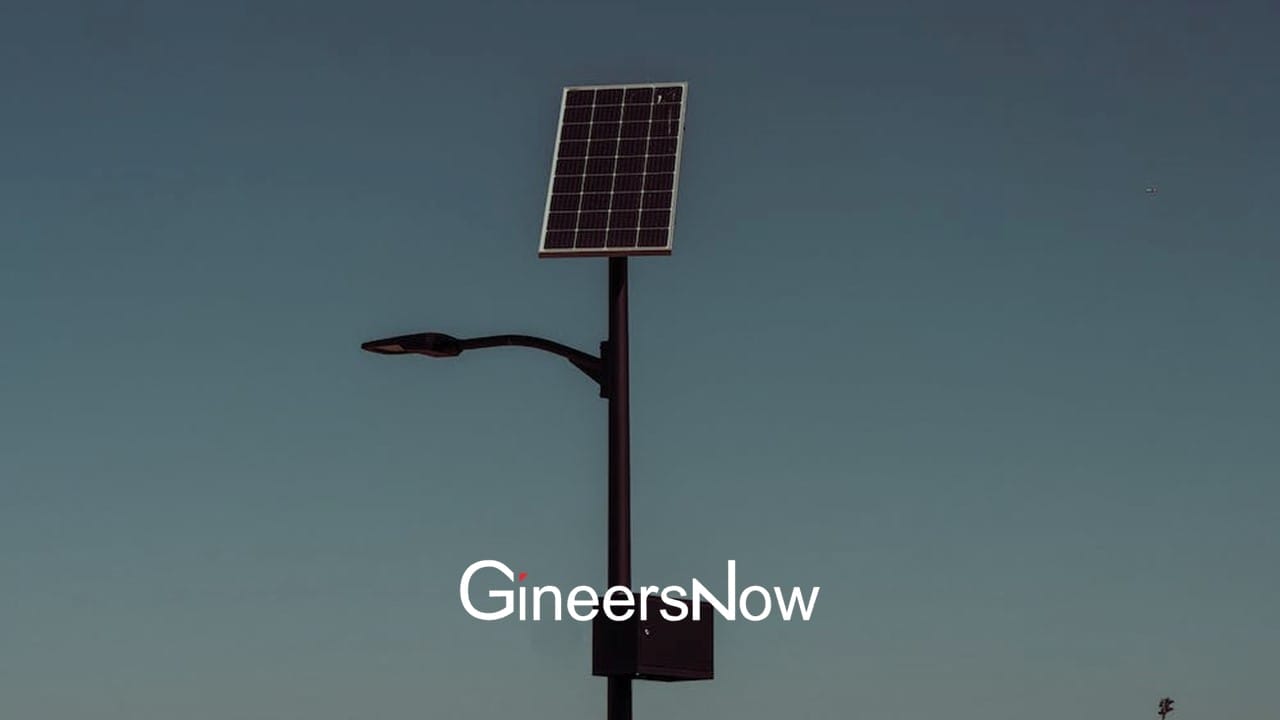In bustling urban areas, street lighting goes beyond being a functional need; it’s a key feature that defines the cityscape. These lights not only brighten our streets but also guide our way, enhance safety, and add to the overall beauty of our neighborhoods. As cities grow and change, there is a growing demand for innovative street lighting solutions. This demand is fueled by advancements in technology that promise energy efficiency, sustainability, and improved urban design.
Evolution of Urban Street Lighting
The development of urban street lighting reflects the progress of civilization itself. From the flickering gas lamps of the 19th century to the widespread use of electric lighting in the early 20th century, each era has seen significant improvements in reliability and brightness. Today, Light Emitting Diodes (LEDs) stand at the forefront of street lighting technology. These energy-efficient sources offer not only illumination but also greatly reduce energy usage and maintenance costs compared to older options. LEDs have transformed lighting by providing cities with an eco-friendly solution.

Current Challenges in Urban Street Lighting
Despite these advancements, urban street lighting encounters challenges in today’s world. One major concern is energy consumption. Traditional lighting systems can be ineffective, causing cities to overspend and harm the environment. Additionally, light pollution is a pressing issue, not only wasting energy but also disturbing habitats and obscuring the beauty of the night sky. To tackle these challenges, we need ideas that strike a balance between providing light and preserving our planet.
Innovations in Street Lighting Technology
Recent advancements in urban street lighting technology are reshaping cityscapes and contributing to the creation of eco-friendly cities. Modern street light columns play a pivotal role in this transformation by incorporating advanced LED systems for energy efficiency and superior illumination. These contemporary streetlight structures function both as sources of light and as interconnected nodes within networks, enabling data collection for smart city projects. Additionally, adaptive lighting systems that adjust brightness based on time, traffic flow, and pedestrian movement contribute to creating more responsive urban environments. As cities embrace the future of urban planning, the incorporation of innovative technologies is revolutionizing our perception and interaction with city spaces, promoting sustainability, efficiency, and community well-being.
Role of Design in Modern Street Lighting
In today’s urban planning landscape, street lighting plays a role beyond its necessity—it is an integral part of urban aesthetics. Apart from illuminating streets, street lighting contributes to the appeal of a cityscape. Architectural lighting methods are increasingly used to showcase landmarks, improve spaces, and create nighttime atmospheres. Urban centers are incorporating lighting into their landscapes as a form of expression, employing designs and imaginative installations to cultivate a sense of community pride and individuality.
Sustainable Urban Development and Street Lighting
Urban areas are focusing on sustainable practices, with street lighting playing a crucial role in this development. Sustainable lighting not only saves energy but also reduces environmental harm. Cities are increasingly turning to sources like wind power for their lighting needs. Smart grids and IoT systems help manage energy efficiently, ensuring that streetlights operate optimally. By incorporating sustainability into planning, cities can cut down on energy usage and lessen their environmental impact.
Future Trends in Urban Street Lighting
The future of smart urban street lighting looks promising with advancements in materials leading to eco-friendly lighting options. The use of AI and IoT technologies will enable lighting systems that adjust based on real-time conditions and user requirements. Smart cities will utilize these innovations to create environments where lighting contributes to enhancing quality of life and sustainability.
Urban Street Lighting and Its Impact, on Community Safety
Aside from looking nice and being energy efficient urban street lighting plays a role in boosting community safety. Lit streets help prevent crime and make it safer for both pedestrians and drivers. Research indicates that planned lighting can lower crime rates and make residents feel more secure. By placing lights and using lighting technology cities can further improve public safety and instill a sense of security in their communities.
The Cultural and Social Significance of Urban Street Lighting
Street lighting serves not only purposes but also shapes the cultural and social aspects of city life. Light festivals, markets, and artistic light displays add to the vibrancy of city nightlife and cultural happenings. These light shows not only draw visitors but also strengthen community identity and pride. Urban planners and designers are increasingly incorporating lighting, as a form of expression enriching the appeal and liveliness of cities.
Conclusion
Urban street lighting stands at the intersection of innovation, sustainability, and urban development. From its origins to advancements such as the Oclyte® Streetlight Column, the progression of street lighting plays a significant role in transforming urban areas into safer and livelier environments. As municipalities aim to create cityscapes, it becomes essential to adopt innovative and eco-friendly lighting options that improve both practicality and visual charm. Through the utilization of technology and artistic design, urban centers can light up the way toward a radiant and sustainable tomorrow.










